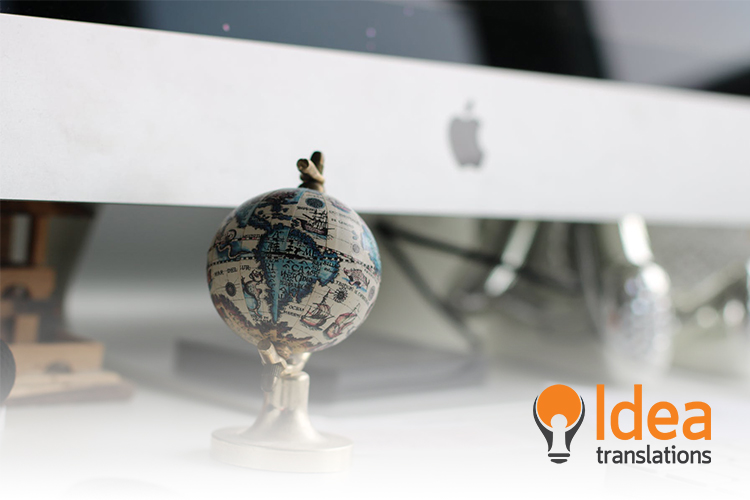
4 Tips for Complex Translation Projects
The job of a translator or a team of translators is not simply replacing words in a language with the same words in a different language: it requires a thorough process to understand, analyze, contextualize, interpret and reformulate ideas.
Therefore, translations for organizations, educational institutions or professional associations are particularly complex, since they require higher specificity. What should organizations that require this kind of service look for?
From the translator’s perspective, an informative piece is very different from a training manual, because the latter requires particular language, strict consistency and special attention to the context. Likewise, a narration is completely different from a scientific conference, which requires technical specialization. Below we share some tips to choose the right translation service for your needs.
1. Always choose holistic translation services
The translation market has been transformed by the ever-increasing globalization, the growth of international agencies and the expansion of remote working capabilities. On the one hand, there is increasing demand for translations because companies are extending their target markets; on the other hand, there are many independent translators offering their services, since this is a task especially suited for freelance work.
In the US only, translation services are a 5-billion-dollar industry that employs almost 85,000 people in close to 57,000 firms.
Source: Market Analysis Consultant IBISWorld
Hiring a freelance translator is very tempting from the economic point of view, but if your organization needs complex translation services, you may need a more specialized approach. The solution?
Hire a holistic service provided by a dedicated translation company that can provide a wide range of professional translators in several languages and with many technical specializations. If you need to translate a financial report, for example, you need a translator who specializes in the field and is familiar with the terminology.
2. Be as specific as possible with your requirements
Providing the translation team with precise instructions in relation to grammatical and content preferences is key for a successful translation. The more specific the instructions, the lower the margin for errors and misunderstanding.
Is the tone formal or informal? Who is the target audience? Does the text include professional jargon? Are there any technical terms that should be left untranslated? What countries will the translation be used in? All these matters need to be addressed right from the start.
The market for translation technology is expected to grow almost 50% in the near future.
Source: Research & Markets Consulting
If you require a translation into Spanish, it is crucial to know the intended audience to inform grammatical choices. In Argentina, for example, the word for “you” in an informal setting is “vos”, while in Mexico, it would be translated as “tú” or “usted”. Similarly, certain words are common in Spain but not in Latin America. In fact, there are 20 Spanish-speaking countries worldwide, and each of them has its own peculiarities.
To ensure the translation project runs smoothly, we advise giving the translator as much reference material as possible; this could include previous translations, information about the context, images, preferred terminology, etc. If the content is highly technical, it would be best to provide a glossary.
3. Provide editable files
An optimal complex translation requires time, and although it might seem like a small detail, providing editable files is a huge contribution to the translation process. In many cases, the text is in non-editable PDF format.
Other times, pages have been scanned from a book and the text cannot even be copied and pasted to work on. All of this takes valuable time that the translator should be spending in perfecting the target text.
If there is a PDF version, it originated from an editable file. Try to find it and send it to the translator so that they can work on it directly. If an editable file is not available, please consider this when establishing deadlines.
4. Technology tools help, as long as they are combined with human supervision
Machine learning and artificial intelligence technological advances have deeply changed the world of translation services. In 2020, this industry’s global market earned 153,8 million dollars and it is expected to reach 230,67 million dollars in 2026, according to a report by Research & Markets.
Google Translate, a popular translation service, currently boasts 500 million users, 103 languages available and 100,000 words translated each day.
Source: Google
Of course, technology tools are extremely useful for words and phrases, even some short texts. However, a technical report, a legal document or a training manual all require a human translator in the process.
The Challenge of Complex Translations
Complex translations require detailed work that only specialists can perform. The process starts with the search for the right professionals and continues with the analysis of each piece of the source material, specific instructions, delivery of reference material and the support of technology tools.
If you are looking for optimal results, look for holistic translation service provided by a multidisciplinary team.



